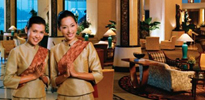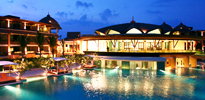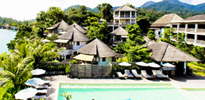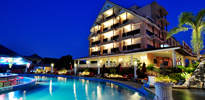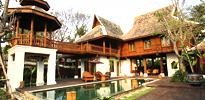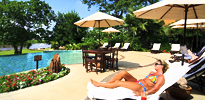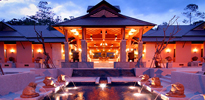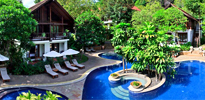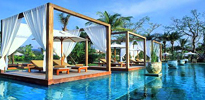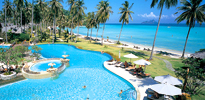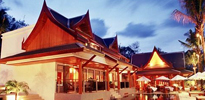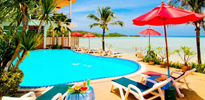Situated to the east of Bangkok in Thailand's central region, Chachoengsao or Paet Riu, is an agricultural province of Thailand. The eastern part of the province is covered with hills at an average height of over 100 meters above the sea while the west is the low river plain suitable for cultivation, especially farming rice. Chachoengsao is about 100 km from Bangkok, occupies an area of 5.351 square kilometers and consists of nine districts and two King districts: King district Tha Takiap and King district Khlong Khuan, Muang, Bang Nam Prieo, Bang Khla, Ban Pho, Bang Pakong, Sanam Chai Khet, Phanom Sarakham, Ratchasan and Plaeng.
Chachoengsao has its history dating back to the Ayutthaya Period, under the reign of King Borommatrailokkhanat when almost people inhabited by the Bang Pakong River and along canals. In the past, it was the fourth class city under the dominance of the Ministry of Defence. Under the reign of King Rama I, it joined forces with the Ministry of Interior and became a city in the Prachin Buri Circle under the reign of King Rama V. In 1916, it changed the status from a city to a province. Today, Luangpho Phuttha Sothon is the centre of traditional faith and beliefs for the current residents of Chachoengsao province.
Endowed with convenient terrain and fertile land, Chachoengsao was an abundant agricultural area supported by the Bang Pakong River. It is home to many agricultural products, in which mango is the most popular fruit. Chachoengsao is a Khmer word meaning deep canal, while the name “Paet Rio” comes from the method that giant snake-head fish were divided by eight stripes. The province hosts numerous attractions with many temples and historic sites as sacred Phra Phutthasothon Buddha image, Wat Leng Hok Yee temple, Wat Sothornwararam Woraviharn temple, Phraya Sri Sunthorn Voharn monument, Chachoengsao Fortifications, Chachoengsao City Fortress, City Pillar Shrine, Wat Chin Pracha Samoson Chinese temple, etc. Besides, tourists can visit many local market as Baan Mai which was renovated by the local Thai Chinese community in 2004 and is ideal place for dining with traditional dishes and desserts; Talat Khlong Suan Roi Pi (100-year-old Garden-Canal Market) with the combination of Thai Chinese, Muslim and Buddhist people living here; or Muban Namtam Sot palm sap village where you can witness the process of making palm sap from palm trees; etc. In addition, the province offers other interesting attractions for you to discover as Mango Orchards, Wanakaset or Village Society Development Study Centre with more than 700 species of plants for medical treatment and Wildlife Sanctuary, a conservation area with abundant forest land.





























